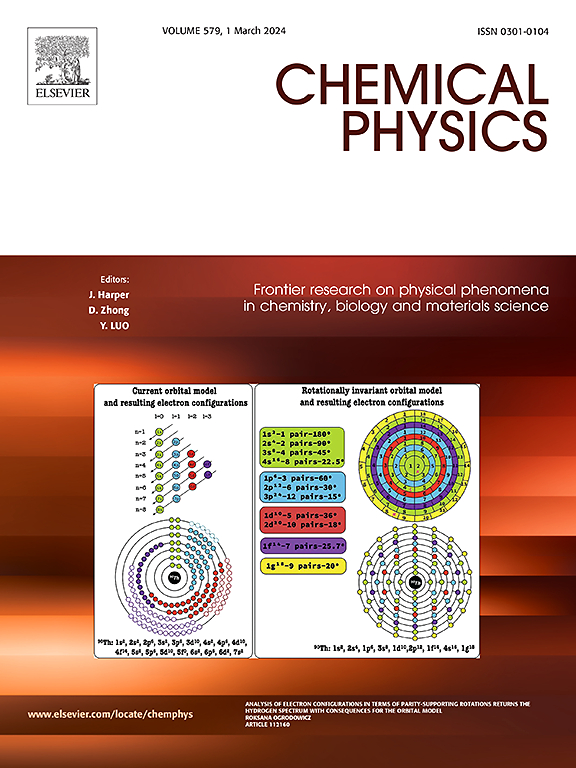First-principle calculations to investigate structural, electronic, optical, elastic, and phonon properties of carbon-based IV compounds (Ge, Sn) with hybrids
IF 2
3区 化学
Q4 CHEMISTRY, PHYSICAL
引用次数: 0
Abstract
We investigated the electronic, optical and mechanical properties of cubic Germanium Carbide (GeC) and Tin Carbide (SnC) using Density Functional Theory (DFT). Our calculations yielded a lattice length of a = 3.27 Å (3.47 Å) and a bond angle of α = 60° for the primitive cell lattice. The bulk GeC and SnC exhibited indirect bandgaps of 2.33 eV and 1.74 Ev, respectively. Analysis of the density of states plot revealed hybridization between C 2p2 and Sn 5p2 (Ge 4p2) orbital states. Mechanical property calculations indicated that these carbon-based compounds are brittle and covalent in nature, as suggested by Pugh's ratio. The isotropic nature of the material was confirmed by the identical Young's modulus (E) values in all three directions. We also calculated the group velocity for bulk carbon-based materials and compared these values with their monolayer counterparts. Finally, dynamical stability was verified since all phonon branches exhibited positive frequencies.
求助全文
约1分钟内获得全文
求助全文
来源期刊

Chemical Physics
化学-物理:原子、分子和化学物理
CiteScore
4.60
自引率
4.30%
发文量
278
审稿时长
39 days
期刊介绍:
Chemical Physics publishes experimental and theoretical papers on all aspects of chemical physics. In this journal, experiments are related to theory, and in turn theoretical papers are related to present or future experiments. Subjects covered include: spectroscopy and molecular structure, interacting systems, relaxation phenomena, biological systems, materials, fundamental problems in molecular reactivity, molecular quantum theory and statistical mechanics. Computational chemistry studies of routine character are not appropriate for this journal.
 求助内容:
求助内容: 应助结果提醒方式:
应助结果提醒方式:


